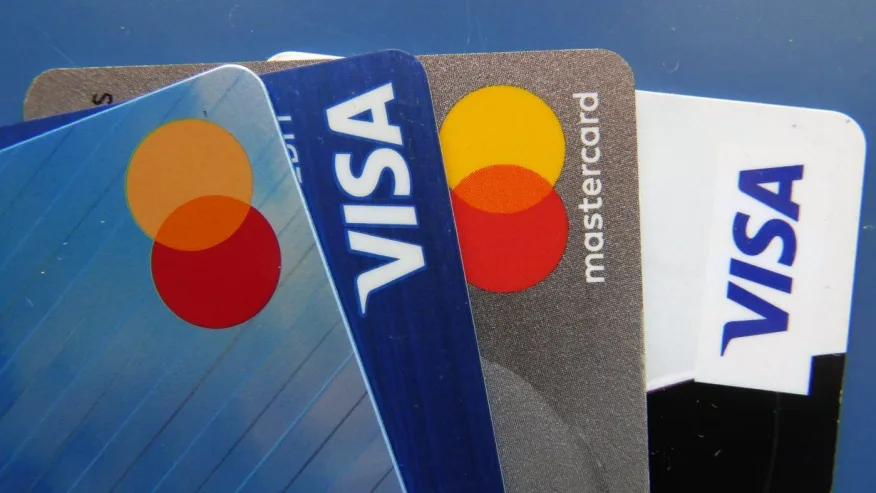
Nearly half of Americans in their prime working years, ages 27 to 58, now have credit card debts that exceed the balance in their savings accounts, according to a new survey.
Roughly 45 percent of millennials and Generation X consumers surveyed reported credit card balances greater than their savings or emergency funds, according to an annual emergency savings report released this week by Bankrate, the consumer lending site.
The nation’s credit card debt reached a record $930 billion at the end of last year, according to an analysis by the TransUnion credit agency. And interest rates are sky-high: around 19 percent for existing accounts, 22 percent for new applicants, according to one NerdWallet estimate.
Bottom line: “A growing number of Americans are leaning on increasingly expensive credit card debt,” said Mark Hamrick, senior economic analyst for Bankrate.
The Bankrate survey, conducted mostly in January, found that 51 percent of Americans polled have more savings than credit card debt. Thirty-six percent had more credit card debt than savings, and 13 percent reported neither savings nor credit card debt.
The share of consumers with more credit card debt than savings is the highest Bankrate has recorded in 12 years of surveys. In January 2022, by comparison, only 22 percent of respondents reported credit card balances that exceeded their savings.
Two-fifths of American respondents said they have less emergency savings now than a year ago, while one-quarter said they have more. Over the past year, consumers have struggled with high inflation and rising interest rates, economic forces that have made it harder to save and more painful to borrow.
Absent an emergency fund, the average household may struggle to cover an unexpected expense. In the new survey, only 43 percent of respondents said they would cover a surprise $1,000 expense with savings, suggesting that many consumers don’t have even that much money saved up.
Of the remaining group, the largest share said they would cover the cost of a surprise expense with a credit card.
Financial planners suggest families amass enough emergency savings to cover three to six months, enough time to find a new job or navigate a health crisis. In the Bankrate report, however, more than two-thirds of respondents said they would worry about making it through a single month of joblessness.
Bankrate analysts offered three tips for building an emergency fund, actionable even in a time of inflation and rising interest rates:
First, calculate how much emergency savings you need. For a baseline figure, add up your monthly bills and multiply by three.
Second, open a savings account only for emergencies, separate from your other accounts but easy to access if the need should arise.
Third, set a realistic monthly budget for saving. Consider an automatic monthly transfer into your emergency account. Think about taking on a “side hustle” for extra cash: Sell stuff online. Become a tutor. Walk dogs.
























